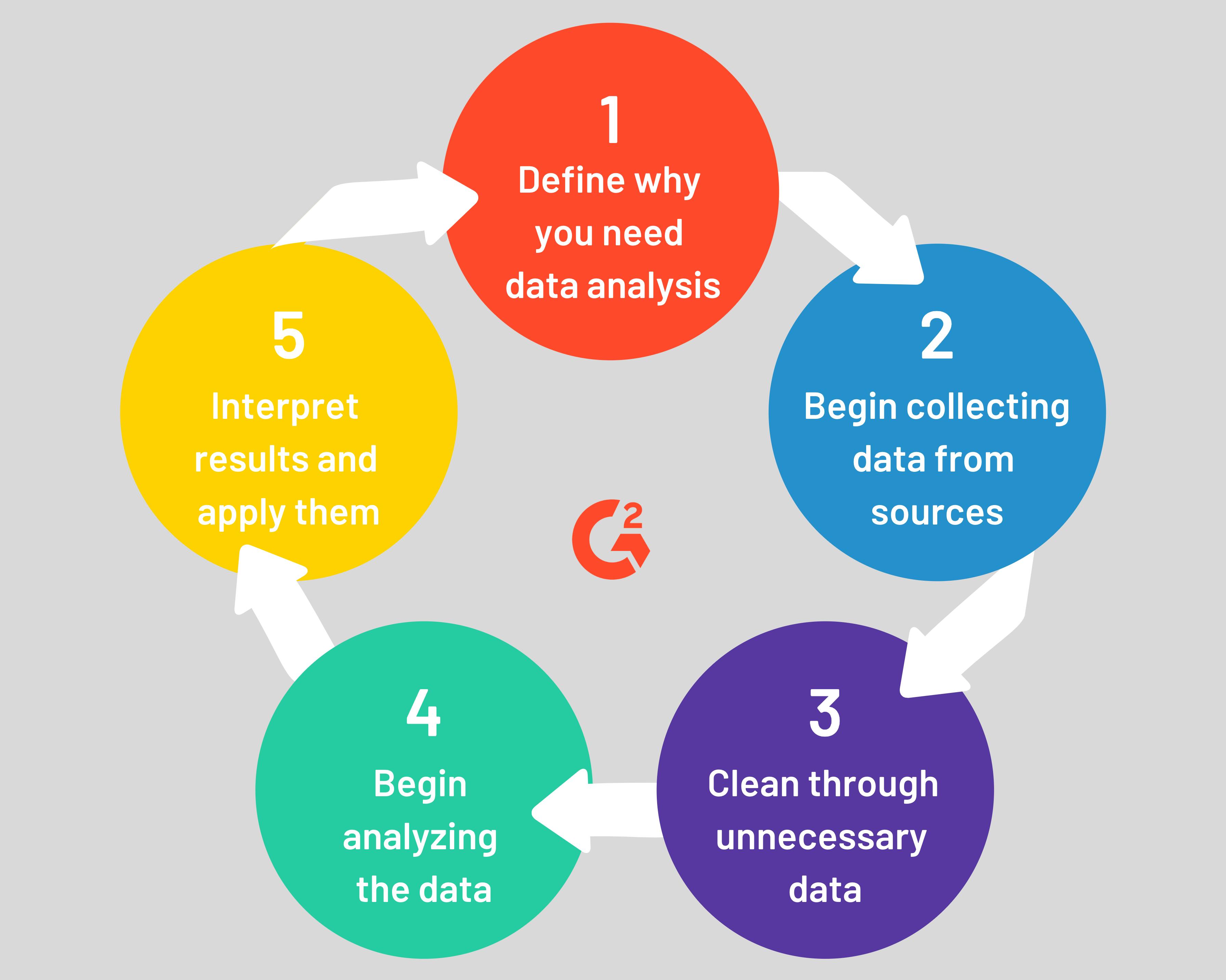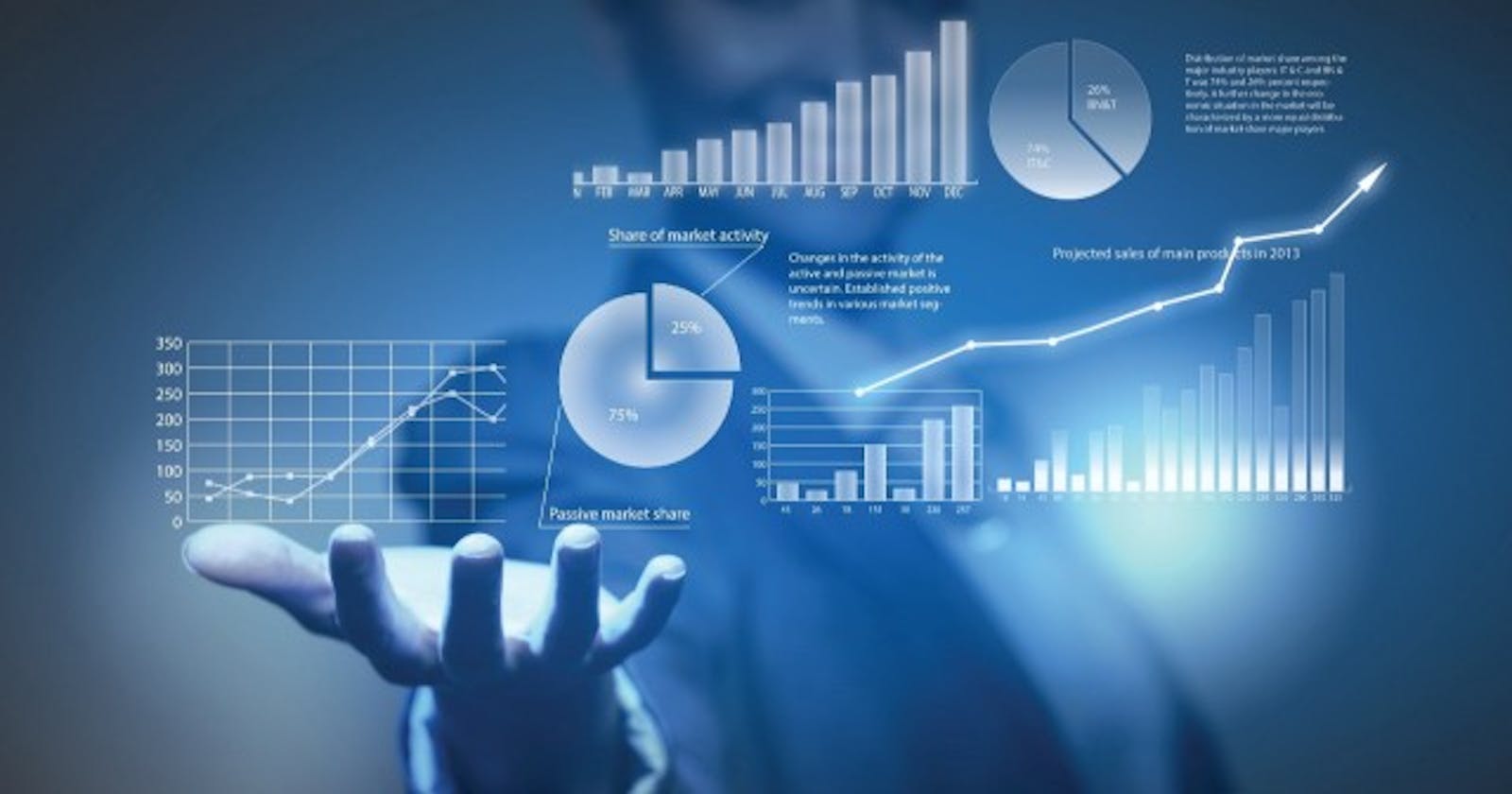Data Analyst is said to be the sexiest job of 21st century. There are 5696 companies names available on Glassdoor that hire data analyst. It also includes names of many top giants like Google, Facebook, Microsoft, Intuit, Apple, Dell Technologies, Cisco, Intel, Qualcomm and lot more.
Data analytics is often mixed with related field like Machine learning, Data Science, AI and Business analytics, but data analytics is a distinct discipline.
In this part we will discuss about :
- What is data analytics?
- Work of data analyst
- Process in data analysis
- Skills required by data analyst
- Tools used by data analyst
1. What is Data analytics
Companies collects a lot of data all time, but in its raw form this data actually mean nothing. This is where data analytics comes in picture.
Data analytics is process of analyzing raw data and getting insights from it which in turn help in taking business decision. Data analytics is all about answering questions and solving business challenges and this requires some keen problem solving skills.
The data analytics used for predicting future sales or purchasing behavior of customers, to protect against fraud, to analyze effectiveness of marketing campaign, to boost costumer acquisition and retention, and to increase supply chain efficiency.
2. Work of data analyst
Data analyst take all the complex data, find patterns in the data, interpret insights from it and pass these insights to the company so that company can make decisions to improve their business.
According to many job description available following are some key responsibilities of data analyst :
- To deal with user satisfaction survey and report and deliver results using data visualization software.
- Work with business line owners to develop requirements, define success metrics, manage and execute analytical projects, and evaluate results .
- Monitor practices, processes, and systems to identify opportunities for improvement
- Translate important question into concrete analytical tasks
- To gather new data to answer client question.
- Design build test and maintain backend code.
- Establish data process define data quality criteria and implement data quality processes.
- Work as part of a team to evaluate and analyze key data that will be used to shape future business strategies.
3. Process of analyzing the data
There are 5 steps in process of data analysis :

Step 1. Defining the questions Common questions that should be asked before analyzing the data are : Why are you doing analysis over this data? What types of data you need and where it is coming from? What strategies should be used to retain customer?
Step 2: Collecting the data Data analyst collects internal data that company has from CRM tools or email marketing tools. They also use secondary or external data sources like data from government portals, data from Google trends, and other international organizations.
Step 3: Cleaning the data The collected data might contain duplicate data, missing data. The data collected can have some inconsistency. To remove all this data cleaning is performed. It can be a manual task and can take some time.
Step 4: Performing data analysis The actual analysis of data is done in this step using some common techniques like regression analysis, cluster analysis, etc.
Step 5: Interpreting and sharing the results It is final step in which is the data is turned into valuable business insights. The findings of analysis is presented in form of charts or graphs. Depending on these results the business decisions are taken to increase the company profit.
4. Skills required by data analyst
Hard and soft skills both are required to become data analyst. You need to have mathematical and statistical ability. You should have working of some programming language like Python, SQL. You need to have analytical mindset. Communication skill is one of important soft skill that a data analyst should possess.
5. Tools used for data analytics
Common tools used by data analyst include MS Excel, Python, R, DBMS, SQL.

